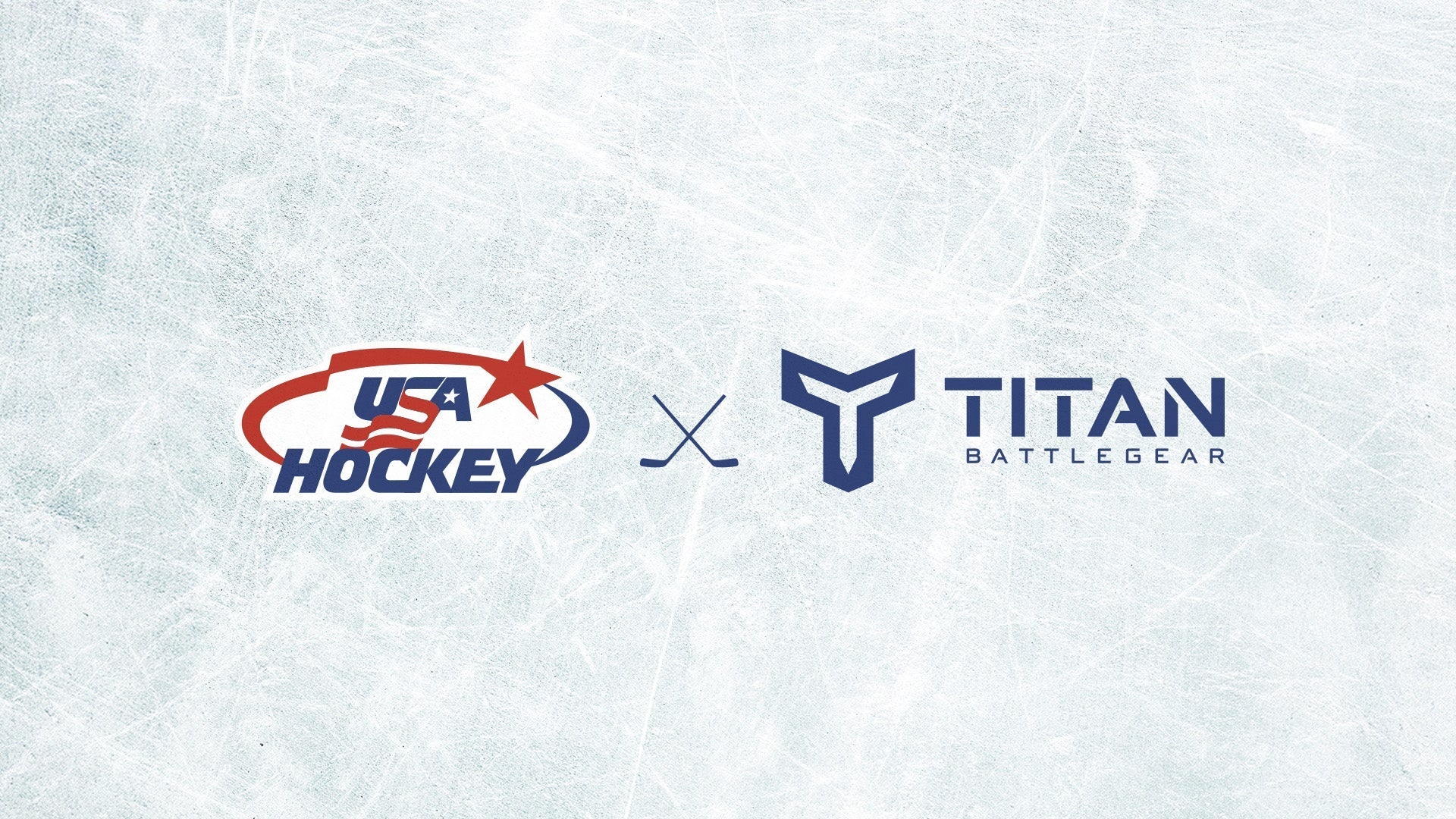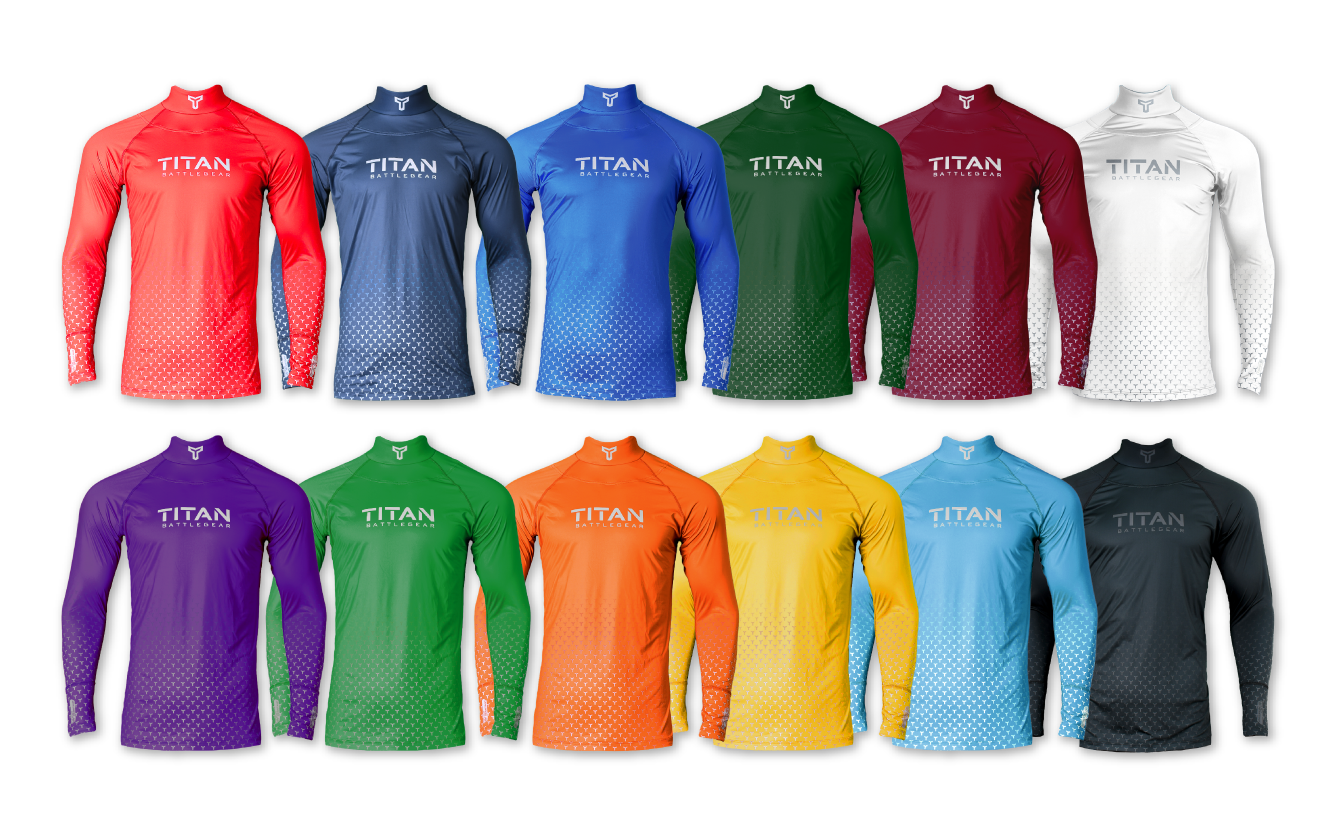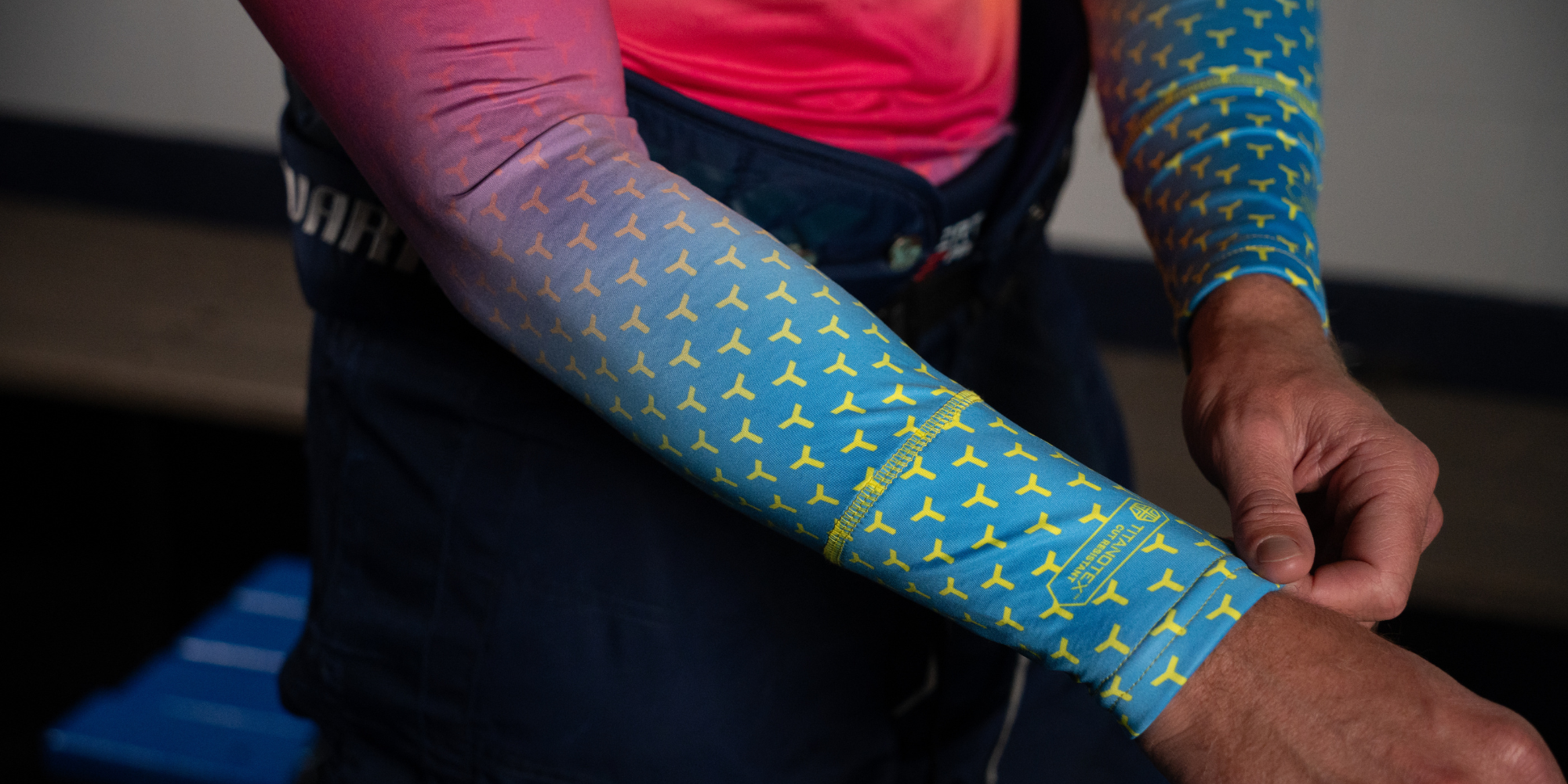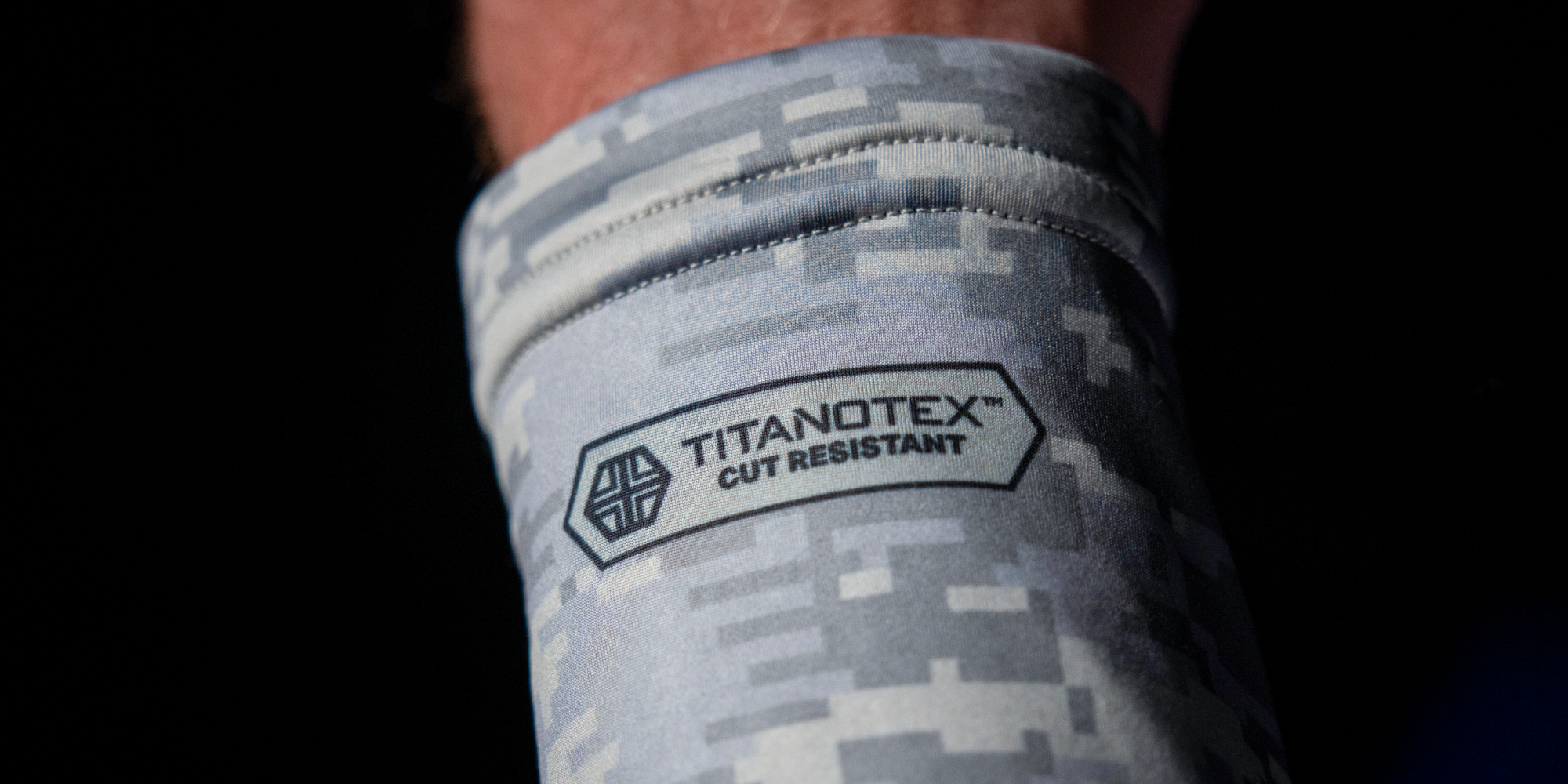Hockey is an intense, high-contact sport, and the risk of injury is significant, particularly from sharp skate blades. The evolution of cut-resistant materials has completely changed how players stay safe on the ice. What began with stiff, repurposed industrial fabrics has transformed into lightweight, high-tech materials designed specifically for the way hockey is played today. This is the story of that evolution – and how Titan BattleGear has redefined what true cut resistance means.
Early developments in cut-resistant technology
Kevlar: One of the earliest and most well-known cut-resistant materials, Kevlar was originally engineered for ballistic vests. Its strength and durability made it an early favorite in hockey gear. However, while Kevlar performs exceptionally against bullets (spreading the force of impact across layers), it isn’t optimized for resisting the continuous slicing motion of skate blades. In hockey, Kevlar’s rigidity and moisture sensitivity often made it bulky, uncomfortable, and prone to performance degradation when wet.
Dyneema and Spectra: As technology advanced, new ultra-high-molecular-weight polyethylene fibers like Dyneema and Spectra emerged. These offered better flexibility and breathability than Kevlar while maintaining strong cut resistance. They became popular in socks, base layers, and wrist guards, striking a balance between safety and comfort, but still weren’t purpose-built for hockey’s unique combination of motion, friction, and moisture.
The search for advanced materials and designs
Cut-Tex PRO and Aramid Blends: Purpose-designed for high-risk environments, Cut-Tex PRO and modern aramid fiber composites began pushing hockey gear forward. They offered higher cut ratings and better comfort, particularly in neck guards. Yet most of these materials were still adapted from industrial or military use, not engineered from scratch for the sport’s real-world demands.
Ballistic Nylon: Known for its abrasion resistance, ballistic nylon added another layer of durability to protective gear. It was often combined with other materials to strengthen areas prone to wear or impact. But as players demanded more mobility and breathability, the industry needed something better – protection that could move with the athlete.
The breakthrough: Titanotex™ and purpose-built hockey science
Titanotex ™: Titan Battlegear utilizes Titanotex™, a revolutionary fabric incorporating graphene, known for being 200 times stronger than steel and offering superior cut resistance. This proprietary material not only provides unmatched protection but also enhances player performance through its lightweight and flexible nature. The integration of Titanotex™ ensures that the gear remains comfortable while offering the highest level of cut resistance available.
Why Titanotex™ Is different:
- A9-rated cut protection – the highest ANSI standard, capable of withstanding real skate-blade pressure.
- Moisture-stable fibers that don’t lose strength when wet from sweat or ice.
- Flexible weave design that moves naturally with the athlete without compromising safety.
- Full-coverage integration into Titan’s cut resistant hockey shirts, eliminating shifting, Velcro, or detachable guards.
Infrared technology: Another innovative feature of Titanotex™ is its ability to regulate body temperature and improve blood microcirculation through far-infrared rays. This helps reduce muscle fatigue and speeds up recovery, giving players an added advantage on the ice.
The new era of hockey safety
Cut-resistant technology has evolved from heavy, industrial fabrics into purpose-engineered performance gear. The game has changed, and so has the science that protects it. Titan BattleGear’s Titanotex™ neck guard shirts represent the pinnacle of that progress: maximum protection, uncompromising mobility, and pro-level comfort designed specifically for hockey.
From Kevlar’s early promise to Titanotex™’s modern mastery, one thing is clear: the future of hockey protection isn’t borrowed from other industries – it’s built for the ice.
Shop the Titan BattleGear A9 Neck Guard Shirt — the next evolution in hockey protection.










